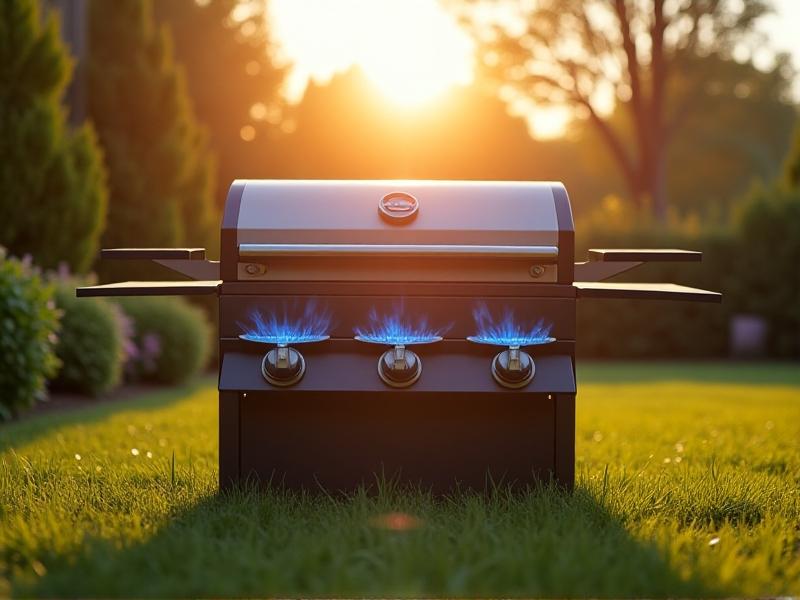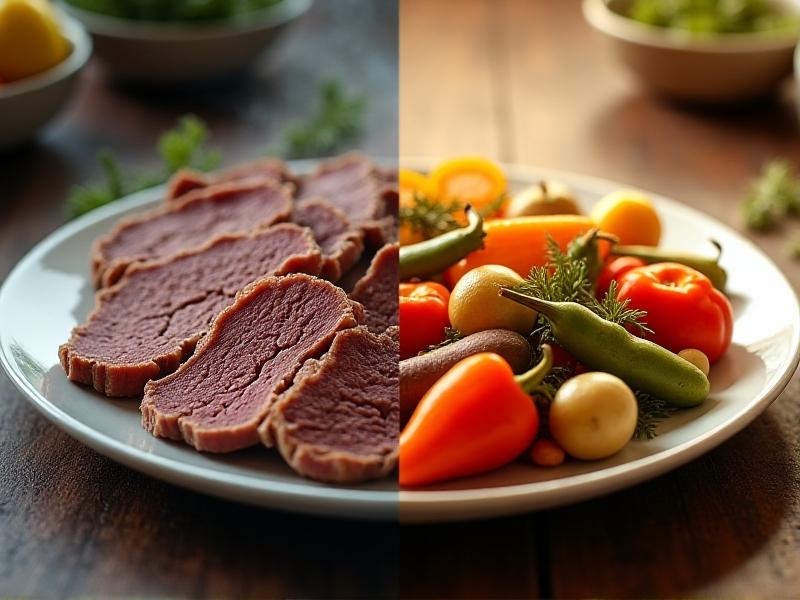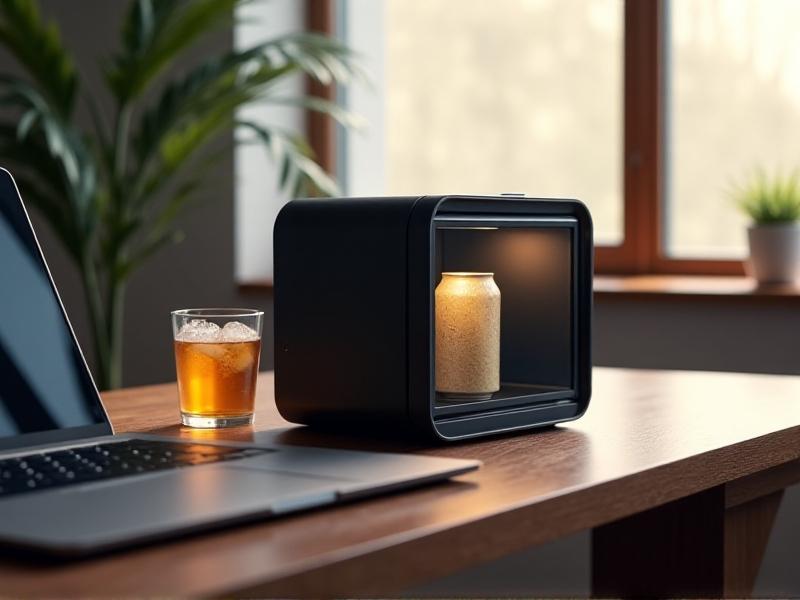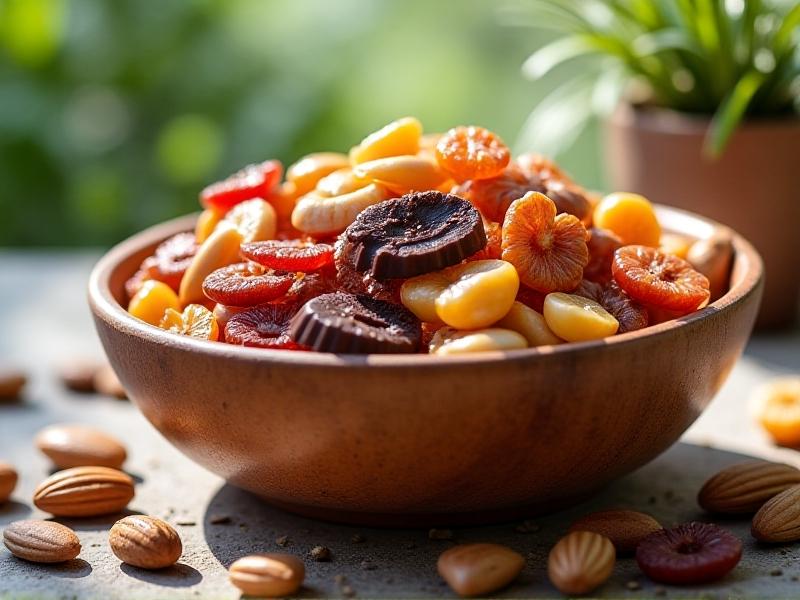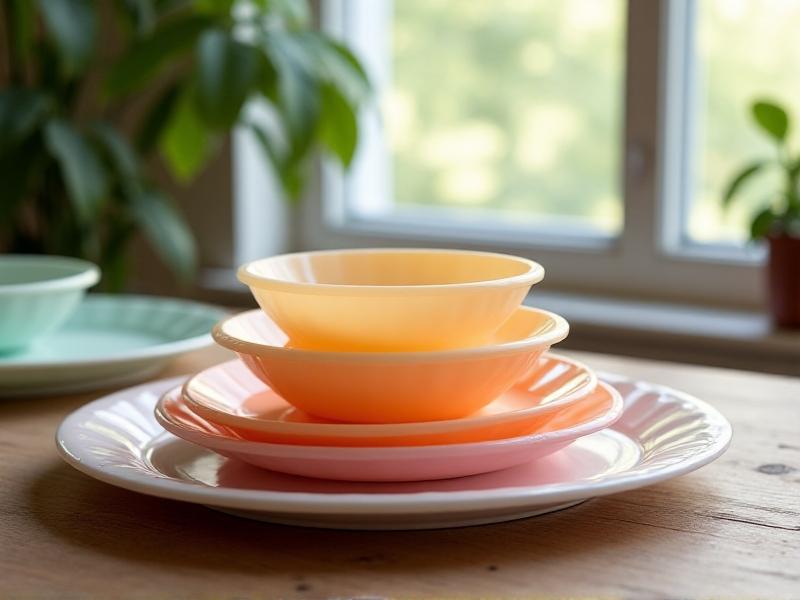Bulk Spice Storage Rotation Methods
Why Proper Spice Rotation Matters for Flavor and Freshness
Storing spices in bulk can save time and money, but improper rotation leads to diminished flavor, wasted ingredients, and cluttered pantries. Spices lose potency over time due to oxidation, light exposure, and humidity. Without a system to track freshness, older spices linger at the back of shelves while newer batches get misplaced. Effective rotation ensures consistent quality in cooking and maximizes shelf life. A 2020 study by the Journal of Food Science found that whole spices retain essential oils 50% longer than pre-ground varieties, emphasizing the need for tailored storage strategies. By prioritizing rotation, home cooks and professional chefs alike can avoid the disappointment of bland dishes and keep their spice collections vibrant.
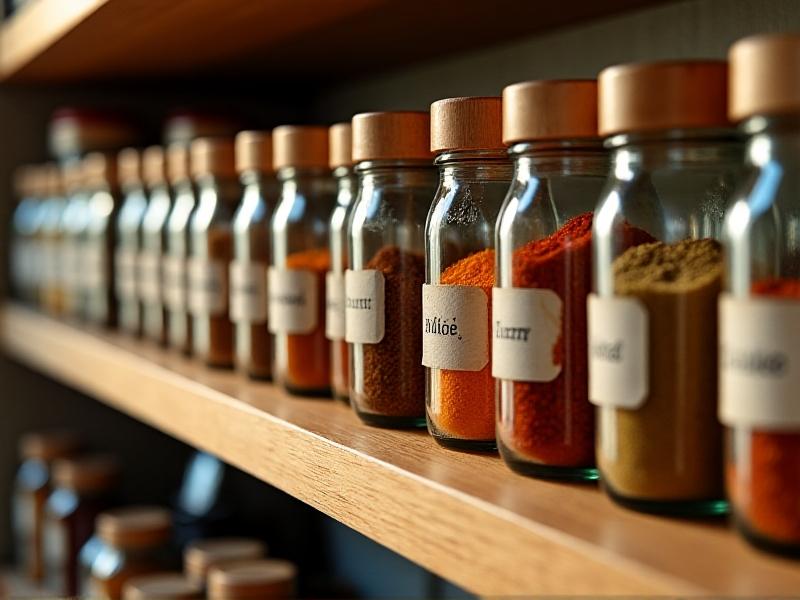
Choosing the Right Containers for Bulk Spice Storage
Optimal storage starts with airtight, opaque containers that shield spices from light and moisture. Glass jars with rubber seals or stainless steel tins are ideal for bulk quantities, as they prevent air leakage and UV damage. Transparent containers should be stored in dark cabinets or wrapped in UV-blocking films. Magnetic tins or stackable modular designs save space while keeping frequently used spices accessible. For commercial kitchens, food-grade plastic bins with locking lids offer durability. Label each container with the spice name, purchase date, and expiration timeline. Pro tip: Include a small silica gel packet in each container to absorb residual moisture, extending shelf life by up to 20% according to culinary storage experts.
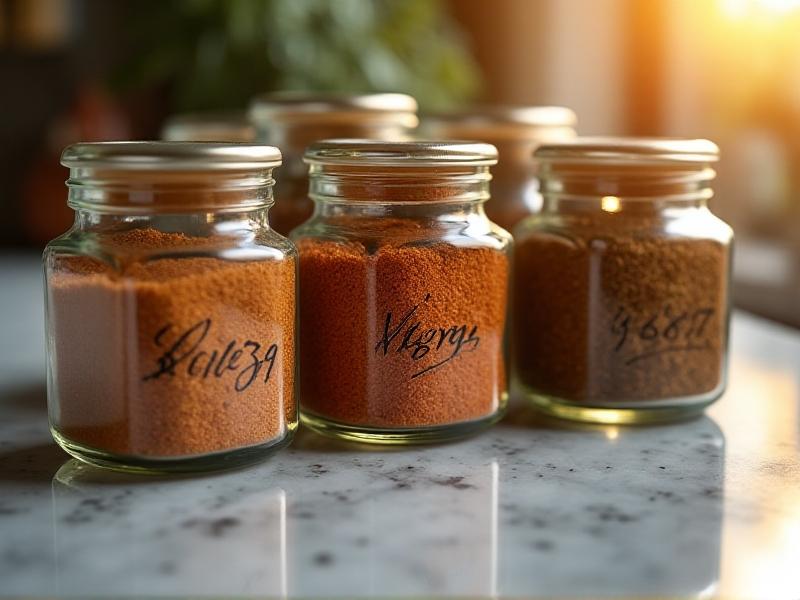
Implementing a FIFO System for Spice Inventory
The First-In, First-Out (FIFO) method is a cornerstone of efficient spice rotation. Start by placing newly purchased spices behind older stock on shelves or in drawers. Use adjustable shelving to create visible tiers, ensuring older jars are always at eye level. Color-coded labels—green for "use first," yellow for "6 months remaining," and red for "expiring soon"—simplify prioritization. For bulk storage, divide large spice quantities into smaller batches and rotate them as needed. A digital inventory app like Spoonacular or ChefTap can automate expiration alerts, but a simple spreadsheet works for small collections. FIFO reduces waste: The USDA estimates that households discard 20% of spices annually due to poor rotation, a problem easily mitigated with this system.
Using Visual Cues to Track Spice Freshness
Visual indicators transform spice storage from guesswork to precision. Apply chalkboard labels to jot down purchase dates and grind spices directly into clear-lidded containers to monitor color changes. Faded hues signal oxidation—bright red paprika turning rusty, for instance, means it’s time to replace. Create a "use this week" shelf for spices nearing expiration, pairing them with recipe cards to inspire timely use. Transparent drawer organizers let you scan labels without rearranging entire shelves. For a low-tech solution, place a dot sticker on each container and mark it with a permanent pen each time the spice is used; frequent dots indicate it’s time to restock. These cues bridge the gap between bulk buying and daily cooking, ensuring no spice goes stale unnoticed.
Climate Control: Managing Temperature and Humidity
Spices thrive in cool, dry environments—ideally below 70°F (21°C) with humidity under 60%. Avoid storing bulk spices near stoves, dishwashers, or windows where heat and steam accelerate degradation. Wine coolers or dedicated spice drawers with dehumidifiers maintain stable conditions for long-term storage. Vacuum-sealing bags with one-way valves allow gases to escape without letting air in, preserving volatile oils in chili flakes or cinnamon. In humid climates, store bulk spices in freezer-safe containers and portion out monthly supplies to avoid repeated thawing. Research from the International Journal of Gastronomy and Food Science shows that freezing whole spices extends their flavor lifespan by 8–12 months compared to room-temperature storage, making climate control a game-changer for bulk buyers.
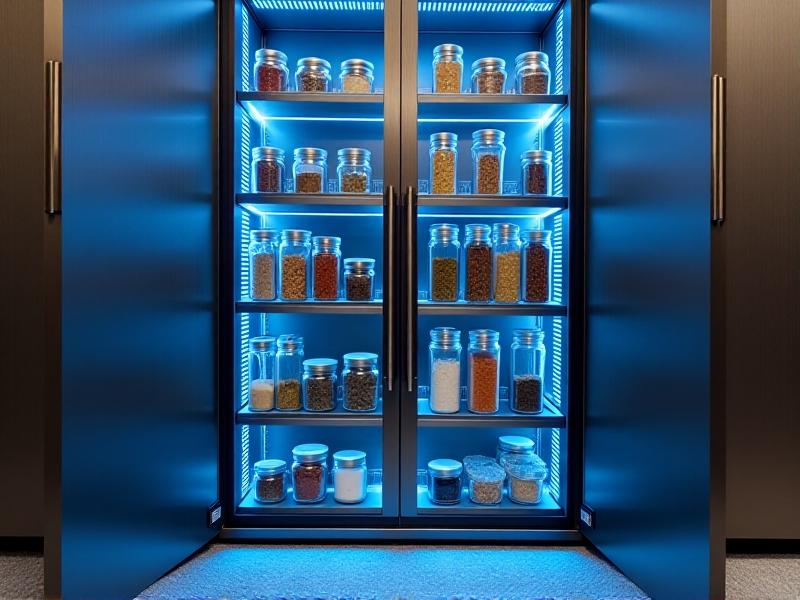
Creative Ways to Repurpose Expired Spices
Even with perfect rotation, some spices expire. Instead of tossing them, repurpose stale spices into household solutions. Blend cinnamon and clove into DIY potpourri, or mix turmeric with salt for a natural scouring scrub. Infuse olive oil with expired rosemary or thyme for aromatic wood polish. Gardeners can sprinkle chili powder around plants to deter pests, while crafters use paprika or beet root powder for natural fabric dyes. For a zero-waste kitchen, compost expired herbs (avoiding salt-heavy blends). These creative uses honor the spice’s journey from shelf to sustainable solution, aligning with eco-conscious values while minimizing guilt over occasional waste.
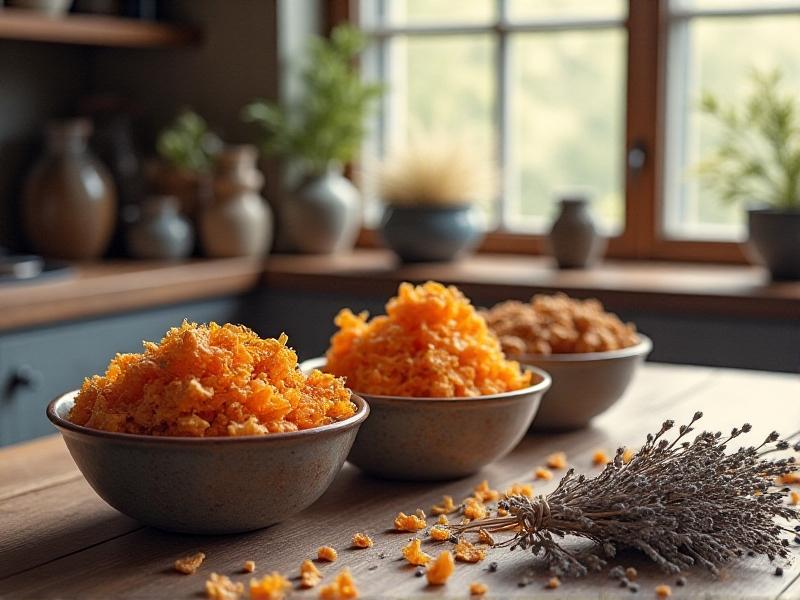
Common Mistakes to Avoid in Spice Rotation
Overbuying is the top rotation pitfall—purchasing saffron in bulk only to use a pinch annually guarantees waste. Ignoring smell tests is another misstep; if a spice lacks aroma, it’s lost potency regardless of expiration dates. Storing all spices together leads to cross-contamination of flavors; keep strong spices like cumin separate from delicate ones like sage. Avoid grinding entire batches upfront—grind small amounts as needed. Finally, neglecting shelf audits allows expired spices to accumulate. Schedule quarterly reviews to discard stale stock and update inventory lists. Learning these mistakes fosters a proactive, rather than reactive, approach to spice management.
Integrating Digital Tools for Spice Inventory Management
Apps like KitchenPal and Plantish digitize spice tracking with barcode scanning and expiration alerts. Smart shelves with weight sensors, such as PantryChic, notify users when stock runs low. For tech minimalists, Google Sheets templates with conditional formatting (turning cells red as expiration dates approach) offer simplicity. Integrate these tools with meal planners to auto-generate recipes based on spices needing use. In 2023, Samsung’s SmartThings launched a spice-tracking fridge panel that syncs with smart containers, proving innovation thrives in this niche. While digital solutions require initial setup, they save hours annually and reduce stress over forgotten basil jars lurking in cabinet corners.
Seasonal Rotation: Aligning Spice Use with Cooking Trends
Seasonal cooking naturally guides spice rotation. In autumn, prioritize pumpkin pie spice and star anise for baking, while summer calls for za’atar and smoked paprika in grilling. Before each season, audit your stock to retire lesser-used spices (e.g., cardamom in spring) to secondary storage, making space for trending flavors. Subscribe to spice subscription boxes like RawSpiceBar for curated seasonal packs, preventing bulk overload. Farmers' markets offer small-batch fresh herbs to supplement staples. Aligning rotation with culinary trends ensures spices cycle through your kitchen as rhythmically as the seasons, blending practicality with creativity.
